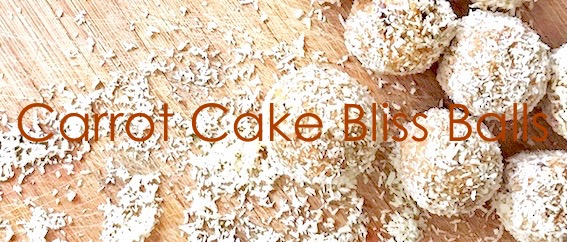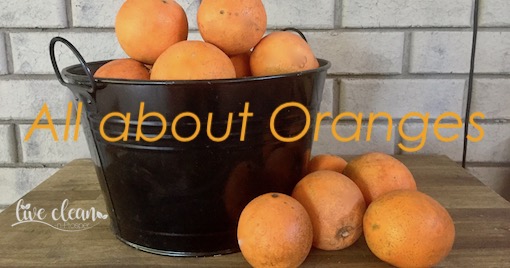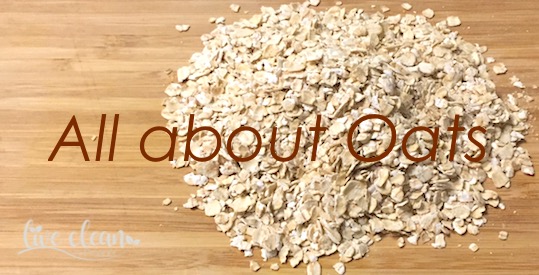Today I’m sharing a Carrot Cake Bliss Ball recipe.
Initially I couldn’t decide what to write about this week, until a friend of mine praised some bliss balls I made for her. She advised that she had put them in the freezer so she could have them as her work snacks over a week.
The recipe is adapted from one I saw in the Woolworths free recipe magazine.
These balls are so easy to make and really do taste just like carrot cake. They are perfect for school or work snacks.
Carrot Cake Bliss Balls
This mix makes approx. 20 balls.
Ingredients
100g pitted dates
100g raisins
¾ cup grated carrot
½ cup pecans
1¼ cups desiccated coconut
1 tsp nutmeg
1 tsp cinnamon
1 tsp vanilla essence
¼ cup fine shredded coconut to roll balls in
Method
First, put the pecans into your food processor and pulse till crumbly, and place them into a bowl.
Next put the dates, raisins and carrot into the processor and pulse till combined, then add the coconut, chopped pecans, vanilla and spices.
You can play around with the measurements of the spices to suit your taste.
Process till the mix is combined.
Now the mix should look crumbly, and if you scoop out a teaspoon full, it should press together. (If the mix is a little dry, just add water, a tablespoon at a time.)
I use my tablespoon-measuring spoon to scoop out the mix and pressed the mix into shape.
Now for some nutritional information,
Carrots have a number of health benefits.
They are a particularly good source of beta-carotene, fibre, vitamin K, potassium and antioxidants. The traditional orange coloured carrots get their bright colour from beta-carotene.
The beta-carotene is converted to vitamin A in the body. Vitamin A promotes good vision, and is important for growth, development, and immune function
Raisins have benefits too.
As a dried fruit, they are naturally sweet and higher in sugar and calories. Raisins are also beneficial to our health when eaten in moderation. In fact, raisins can aid digestion, boost iron levels, and keep your bones strong.
Raisins are a good source of iron. One-half cup of raisins contains 1.4 milligrams of iron. That’s about 7 percent of the recommended daily amount for most adult females, and 17 percent for adult men.
Raisins are also high in calcium and antioxidants.
Pecans also have qualities beneficial to our health.
A few studies have shown that pecans can lower “bad” LDL cholesterol in people with normal cholesterol levels.
Pecans are rich in polyphenol antioxidants, specifically flavonoids, which have been tied to heart benefits. In fact, the nuts have more than twice the flavonoid content found in almonds, cashews, and pistachios, and seven times the amount in walnuts.
Pecans are also an excellent source of thiamin and zinc, as well as manganese and copper. Manganese helps regulate blood sugar, and is needed for healthy bones. Copper aids in iron absorption, and works with iron to help the body form red blood cells. (Sources – www.healthline.com & www.health.com)
So the iron in the raisins and the copper in the pecans actually work together to improve our health.
I hope you enjoy these bliss balls as much as my friend does.
Till the next post,
Live clean n Prosper.



